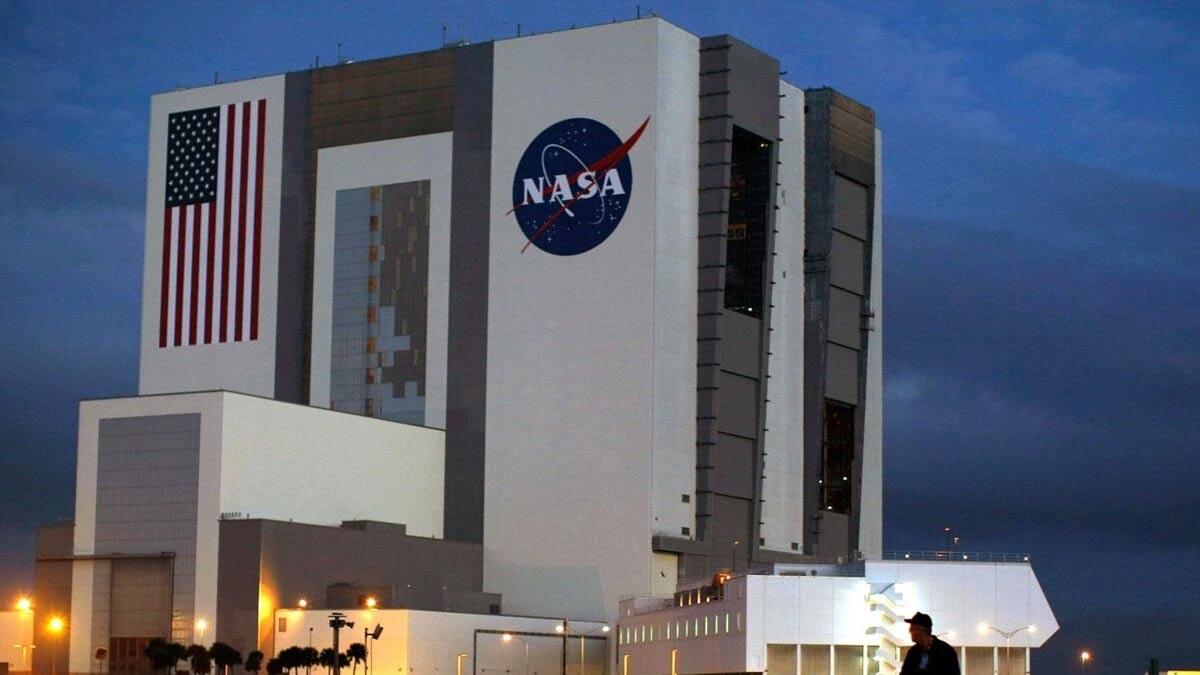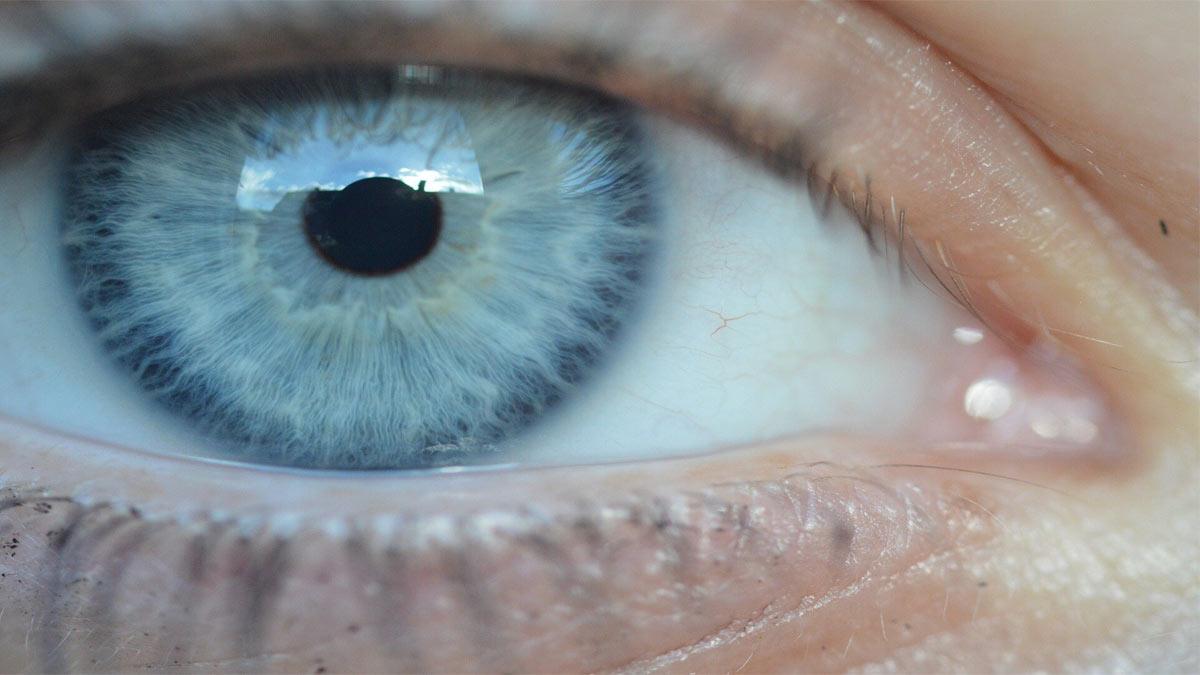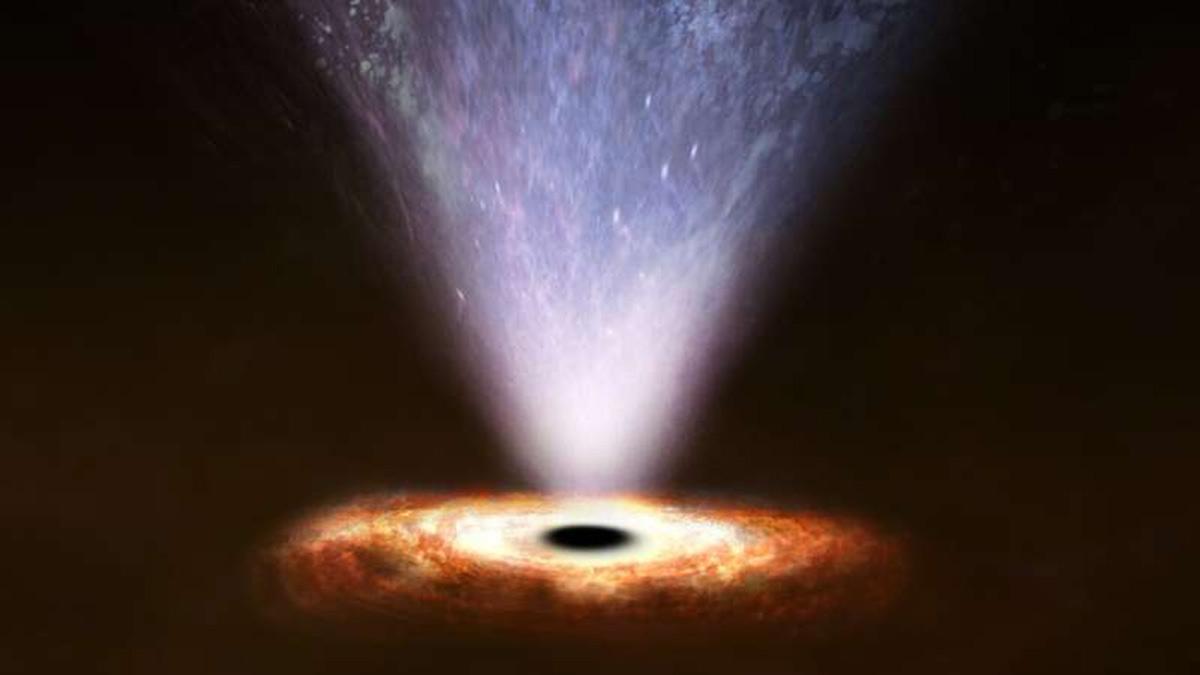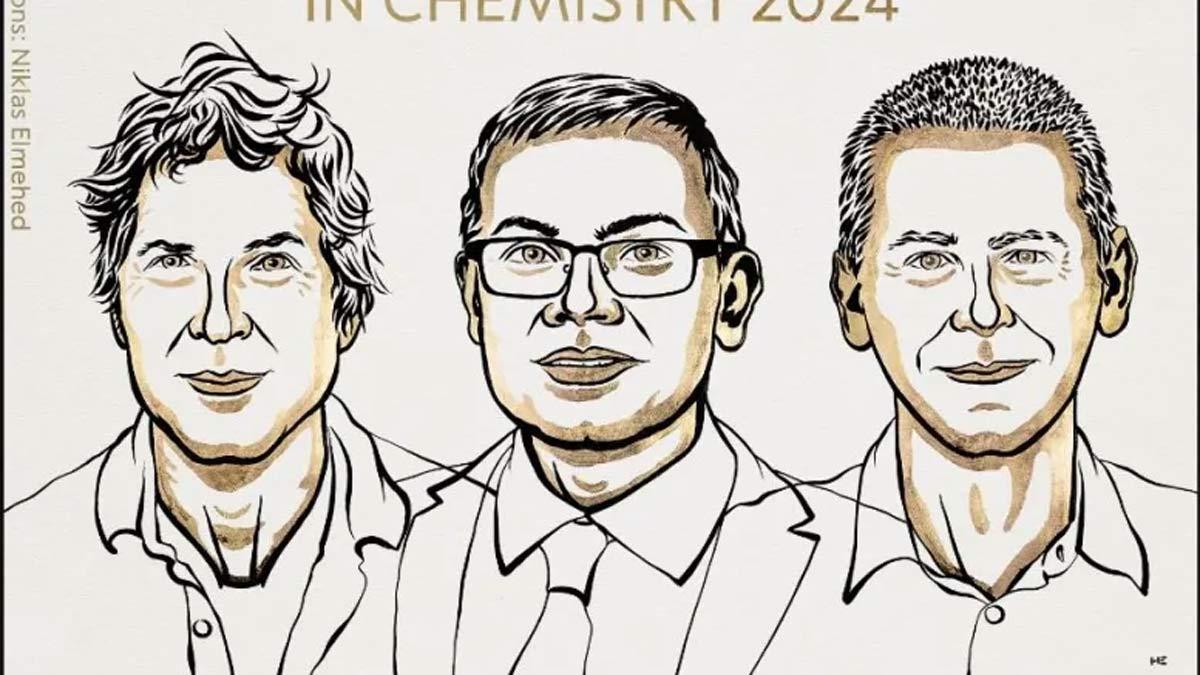NASA has achieved a breakthrough in communication with a first-ever experiment involving laser communications, transmitting 4K video streams back to the International Space Station from an aircraft. It opens up avenues for live, real-time video feeds of astronauts on the Moon during the Artemis missions slated for the future.
Traditionally, NASA relies on radio waves for data transmission between Earth and space. However, with this recent experiment, for the first time ever, the agency used optical or laser communications to send high-definition video from an aircraft to the ISS and vice-versa.
Advantages of laser communications include data transfer rates that are 10 to 100 times faster than conventional radio frequency systems by using infrared light in transmission.
NASA engineers at the Glenn Research Center in Cleveland led the feat by outfitting a Pilatus PC-12 aircraft with a portable laser terminal that flew over Lake Erie to send data back to an optical ground station in Cleveland.
From this station, the data was routed to an Earth-based network and then to NASA's White Sands Test Facility in Las Cruces, New Mexico. Scientists there retransmitted the data with infrared signals.
According to NASA, the signals traveled 22,000 miles from Earth to the Laser Communications Relay Demonstration, or LCRD, a test platform in orbit. Then the LCRD relayed the signals to the ILLUMA-T satellite on the ISS, which forwarded the data on down to Earth.
The system's effectiveness at breaking through cloud cover was enhanced by HDTN technology developed at Glenn.
HDTN project principal investigator Daniel Raible referred to the event as "a tremendous accomplishment." He said that from this success, future experiments will include high-definition video conferencing for Artemis astronauts, critical to the health and mission coordination of these space explorers.
Read also | Unlocking the Moon's Subsurface: New Study Reveals Abundant Ice Deposits
Read also | NASA study finds Mars is spinning faster


















